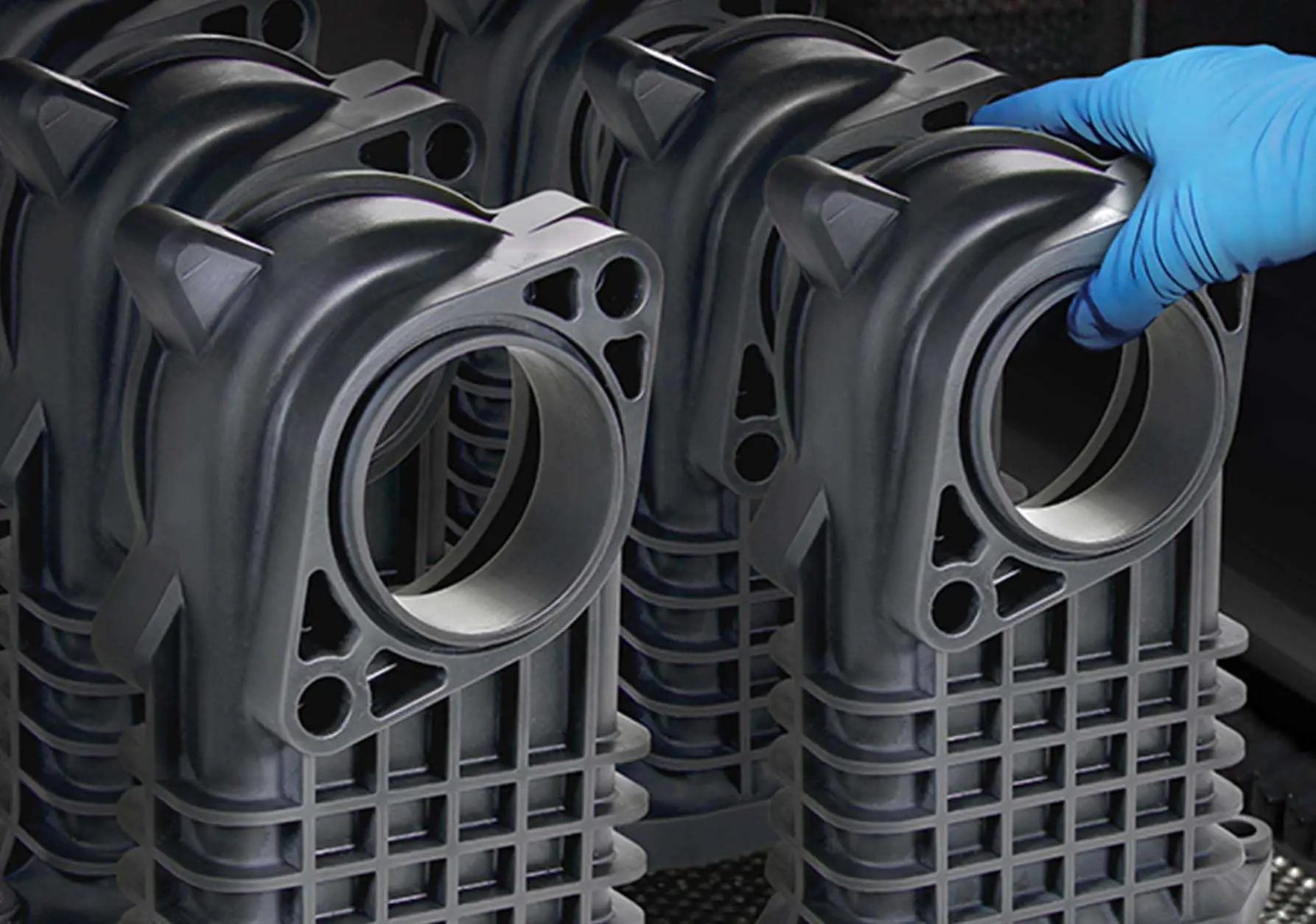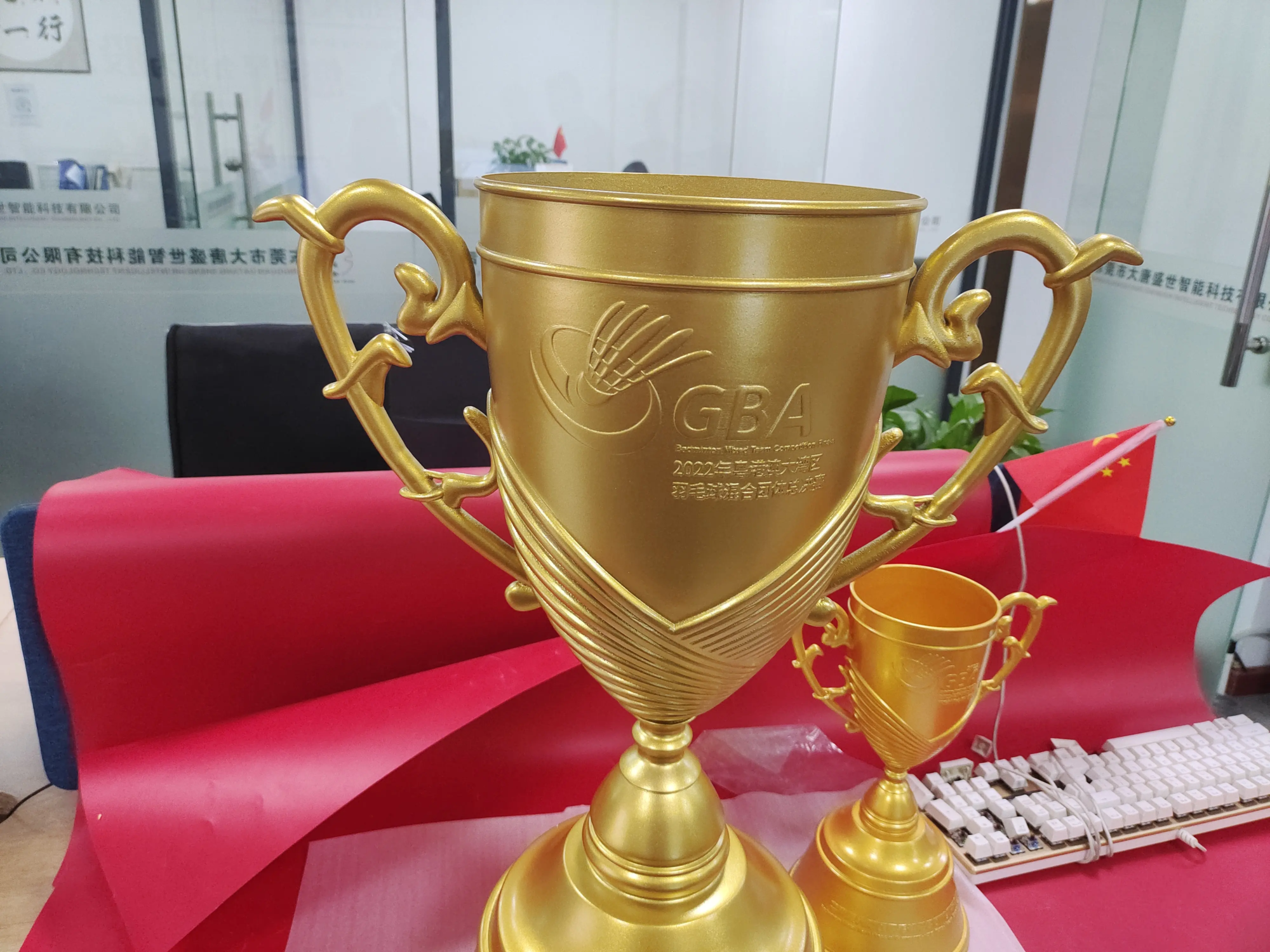On January 16, 2025, according to Resource Library, global market intelligence company CONTEXT released the latest report The global 3D printing market spent the third quarter of 2024 in turmoil. Shipments of industrial-grade (price ≥ US$100,000) and mid-range (price between US$20,000 and US$100,000) 3D printers decreased year-over-year, respectively.24%And8%. However, entry-level 3D printers (priced <$2,500) continued to maintain strong growth, with shipments increasing year over year.28%injecting a glimmer of hope into the entire market.
Chris Connery, vice president of global analytics at CONTEXT, said: “While the industrial market faces challenges, strong sales of entry-level products show that the consumer market is pushing the entire sector to new heights. » and technology categories in 2024 Market performance review for the third quarter of the year:
The market for industrial-grade 3D printers continues to decline. Industrial-grade system shipments in the third quarter of 2024 fell 24% year-over-year. The annual trend in shipments has turned negative, with shipments over the past 12 months falling 19%. year after year. Globally, shipments of industrial metal and polymer systems fell 24% and 25%, respectively. Although Chinese suppliers have been active in recent years, particularly in metal powder bed fusion (PBF) systems, overall shipments continue to decline, with the Chinese market down 37%, North America by 25% and Western Europe by 13%.
Industrial polymer 3D printer
In the third quarter of 2024, light-curing 3D printers have become a major challenge for the industrial polymer market, with shipments down 30% year-on-year and a cumulative decline of 42% over the past 12 months. As a global leader in stereolithography technology, Luentech (mainly sold in China) and 3D Systems (mainly sold in the West) were affected by declining demand in the dental market and their shipments fell sharply. In addition, other industrial polymer technologies also face challenges: shipments of selective laser sintering (SLS) and material extrusion technologies fell by 15% each, and shipments of spraying technology materials fell by 43%.
Industrial metal 3D printer
Although metal 3D printers remained relatively stable through the second quarter of 2024, shipments began to decline afterward. In the third quarter of 2024, sales of binder jetting systems remained stable, but shipments of other technologies declined. As the dominant technology in industrial metal printers, powder bed fusion (PBF) systems accounted for 74% of shipments, but fell 24% year-over-year. Sales of the second largest metal printing technology, directional energy deposition (DED), fell 18% year-over-year.
Among them, Yijia 3D became the top company in terms of global shipments in the third quarter of 2024 with year-on-year shipment growth of 41%. TRUMPF and Renishaw were the only other companies to post year-over-year shipment growth during the quarter. In terms of revenue, EOS continues to lead the market and Nikon SLM Solutions, Easy Plus 3D and Renishaw also saw year-on-year revenue growth.
Looking at regional performance, Chinese and Western suppliers are facing declining sales, especially in the area of industrial metal PBFs. PBF system shipments from Chinese suppliers fell 26% year-over-year, but there are differences in individual performance: Yijia 3D’s shipments increased year-over-year, while Platinum’s shipments rose sharply. fall. It is worth noting that Yijia 3D delivered “meter-level” PBF laser equipment this quarter, and shipments of Nikon SLM Solutions’ NXG series of large platforms and multi-laser machines are also accelerating.
Reduced demand for industrial-grade systems continues to impact the mid-range market. In the third quarter of 2024, mid-range 3D printer shipments fell 8% year-over-year. Among them, Stratasys maintains its dominant market share, but its business performance in material extrusion printers is poor. On the other hand, 3D Systems’ market share has declined further and is now in sixth place in the mid-range market.
In contrast, the performance of Chinese vendors was particularly impressive, including Luentech, Zhongrui Technology and Flashforge Technology. Total shipments from these companies increased 46% year-over-year. At the same time, total shipments from Western suppliers fell 24%. Flashforge has notably become a bright spot in the mid-range segment with strong sales of its WaxJet material jet printer in the jewelry market.
Although shipments of professional-grade 3D printers in the third quarter of 2024 decreased only slightly by 1% year-over-year, this performance was due to the successful promotion of Formlabs’ new LFD photopolymerization platform. As a result, shipments of stereolithographic printers in this price range increased 26% year-over-year.
However, the performance of material extrusion technology (FDM/FFF) in the professional market is not optimistic. As low-cost entry-level 3D printers gradually get closer to professional-level products in terms of performance, the competitiveness of professional-level FDM/FFF printers has been affected, leading to a 28% decline in 3D printer shipments. one year to the next.
In the third quarter of 2024, shipments of entry-level 3D printers increased 28% year-over-year, maintaining rapid growth for several consecutive quarters. Cumulative growth over the past 12 months reached 43%. This significant growth shows that strong demand in the entry-level market is becoming an important driving force for the development of the entire 3D printing industry.
Among them, Chuangxiang 3D still leads the entry-level market, but its growth rate has slowed down. At the same time, emerging companies such as Tuozhu and established companies such as Flashforge have gained market share. Overall, the continued hot sales in the entry-level 3D printer market not only bring more choices to consumers, but also inject new vitality into the 3D printing industry, helping to offset market weakness in other price ranges.
At the end of 2024, the 3D printing market showed high volatility. Major changes within certain sectors highlight current market uncertainty. Nano Dimension planned to acquire Desktop Metal and Markforged, but that plan remains on hold due to sweeping changes in management and the board of directors. Meanwhile, other companies like BigRep and Prodways have undergone management changes, while Voxeljet has announced plans to sell to a technology investment company. Additionally, Nexa3D has significantly scaled back its operations, while Velo3D appears to have narrowly avoided bankruptcy.
Market Status and Outlook
According to CONTEXT analysis, throughout 2024, the global industrial 3D printer market will be severely affected by high interest rates and low capital expenditure. Full-year shipments are expected to decline 12% year-over-year, near the lowest point of the year. epidemic lockdown of 2020. However, the market is expected to recover in the second half of 2025, with industrial printer shipments expected to grow by 14% for the full year, as interest rates fall and investment spending resumes. Shipments of mid-range systems and professional-grade systems are expected to grow 12% and 6%, respectively.
CONTEXT highlighted that despite the many challenges in 2024, the long-term outlook remains positive. With declining investment costs and increasing market demand for large-scale production, the 3D printing industry is expected to enter a phase of stable double-digit growth by 2026 , and the annual growth rate could even reach 30 to 40%. However, this optimistic outlook remains subject to key risk factors such as possible policy changes and economic uncertainty.





